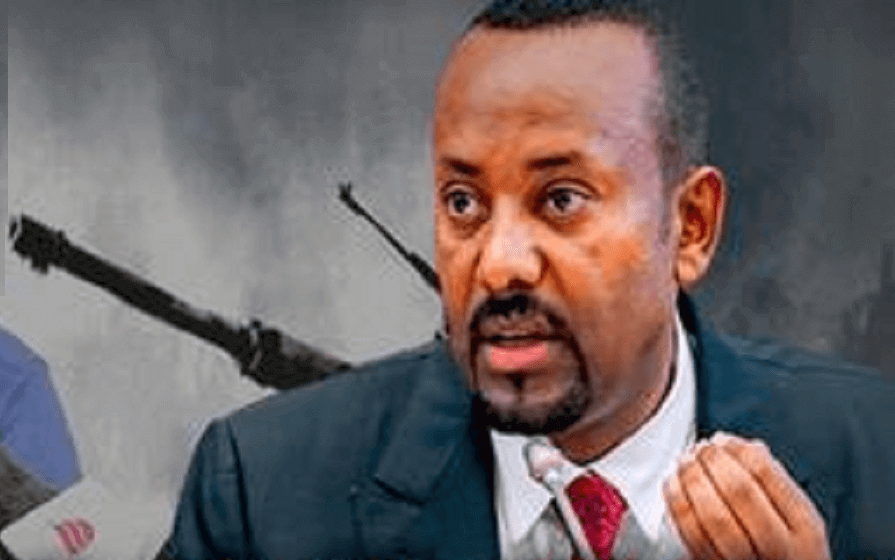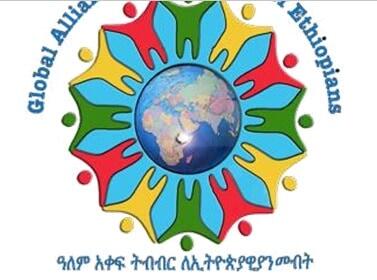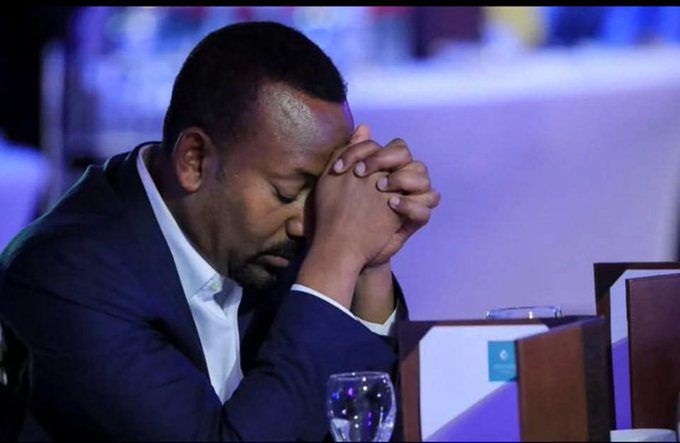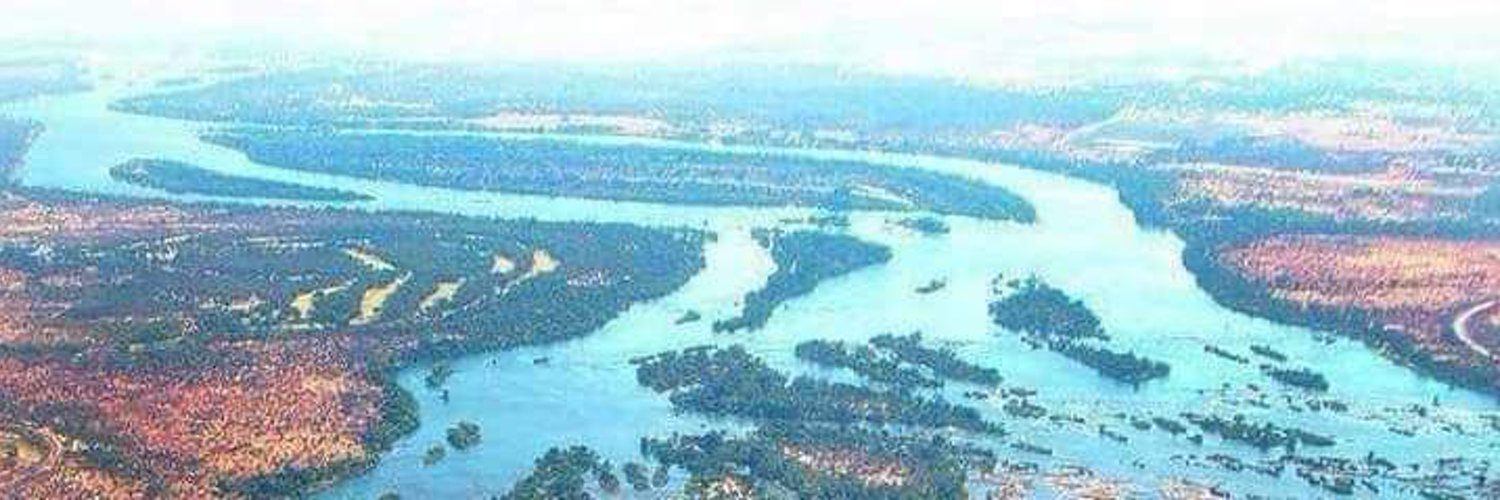By Dr. Suleiman Walhad
February 9th, 2023
In the Horn of Africa and in the East/Central Africa, it has become a fashion to join as multiple organizations as possible or even create new ones when and if there is some interest, usually corruptive and disruptive to the region. We have the the Common Market for Eastern and Southern Africa (COMESA) which includes most of the members of the East Africa Community and we have the Indian Ocean Community, which again includes most of the EAC members and Horn African countries. There is the inter-governmental Authority for Development (IGAD) which again includes many members of the EAC and actual Horn African countries. There is also the Economic Community of Great Lakes Countries (ECGLC), which includes members of the EAC and there is the Economic Community of Central African States (ECCAS), and of course there is the East Africa Community(EAC) itself.
In short there is the EAC, the COMESA, the IGAD, the ECGLC, the ECCAS and one would find the following countries in all of them: Kenya, Burundi, Rwanda, Uganda, Tanzania, South Sudan, Seychelles, Comoros. We have also other countries which are in one or a few of these organizations. These include Somalia, Ethiopia and Eritrea and Djibouti, which all belong naturally to the Horn of Africa States.
On looking at these countries, one can genuinely ask if they understand why they are members of so many overlapping organizations that are designed only to confuse them more, for no one can be loyal to so many differing organizations with differing agendas. The Central, East, and Horn Africa region enjoys a large population of about half a billion people and a large portion of them are illiterate and unschooled and therefore do not even file reports on their economic performance. It is a wonder, therefore, how numbers and statistics that are supposedly reliable is obtained from this region. The regional growth was some 3%, we read and we read also it is a fast growing region economically, but these are just insinuations of some people and far from the realities of the populations of the regions. It is how they make you believe that a person lives on US$ 200 to US$ 400 for a year, the per capita income!
At a glance, one notes that these countries sit in one of the richest earth spaces in terms of minerals, including oil and gas and even coal and hence energy, animal populations and hence meat, forests and hence lumber, rivers and lakes and hence water, people and hence markets. The region also enjoys a geographical location that makes it accessible to the continents of the world. Is this why the regions in these parts of Africa are enticed and confused to join as many organizations as possible, even though they do the same things.
Of course there are other organizations such as the Horn Africa Initiative of the World Bank Group and the East and Horn of Africa Region of the International Organization of Migration and the plethora of the United Nations and European governmental and Non-Governmental organizations that work in the region, which only add to the confusion of the region’s leaders.
What chance would any government have in the face of so many self-appointed organizations all claiming that they would help but never help at the end of the day? No wonder, if one compares reports of the early nineties and those of today, there is little difference and yet there are claims that billions and billions of United States Dollars were spent on the region, but where? It does not show. How is corruption generated in the Horn of Africa States and for that matter in the East Africa Community?
Duplication of works and employing non-citizens to carry out the jobs of those organizations is one of the key impediments to the usefulness of any organization. A country should be a member of one regional organization and not multiple overlapping organizations. It is why we generally propose the Horn of Africa States be limited only to the Horn of African countries of Somalia, Ethiopia, Eritrea and Djibouti. While the East Africa should be limited to the original East African countries of Tanzania, Kenya and Uganda, while Central Africa region should include the DRC, Burundi, Rwanda and they can persuade the French-speaking Central Africa Republic, Gabon and Cameroon, should they wish to join them. It would make more sense, for those geographically close to each other to be working together instead of putting countries like Somalia and DR Congo, which share little, if any, other than being both African, in the same boat of the East African Community as the confused leaders of some of the countries are proposing.
Mwita Chacha wrote on June 14th, 2013, in the Journal of International Relations and Development that “overlapping memberships in RTAs involving developing countries have had a negative effect on intra-RTA trade levels.” RTA stands for Regional Trade Agreements. But some countries believing that bigger is better either apply for membership or are “persuaded” to join organizations that are irrelevant to them and unrelated. Somalia was recently invited/persuaded to join the East Africa Community. It has very little trade with any of the members of that regional block except Kenya, which exports the Khat drug to Somalia. This is not a good reason for Somalia to join such an organization. All the other trade it has with Kenya are illegal cross border trade, which does not even show in the statistics. On the contrary, Somalia has a long historical ties with the countries of the Horn of Africa States. Such ties have at times been unpleasant but overall, the Horn of Africa region all belong to the same African stock as a population, the Kushites, and compliment each other, with Somalia owning a long coast of some 3,300 km, where major ports both for trade and pleasure can be built, while the rest of the region owns highlands, plenty of water and rivers and hence produces more food and offers a large market because of the population.
The existence of IGAD itself is questionable as it has just become a non-governmental organization financed by others (Europeans and Arabs), and includes members whose needs are different from those of the Horn of Africa States region and hence does not truly respond to the needs of the Horn of Africa States region. It would be ideal if the overlapping organizations are avoided and those geographically connected regions be organized into regional blocks. The East Africa Community is no longer an East African region but a central Africa region as it stretches from the Atlantic Ocean to the Indian Ocean. How does that make it an East African region? It is time the SEED countries truly embarked on setting up an organizations which they fund and manage and which works for the integration of the countries of the region, which need each other more than any time before.
..

An independent global policy and research think tank institute, which aims to promote and create an integrated Horn of Africa States consisting of its four members of the SEED countries, an acronym for Somalia, Ethiopia, Eritrea and Djibouti, through cutting edge engagement with universities,, public and private enterprises, civil societies, governments and institutes and providing constructive platforms, literature and presentations to persuade the people of the Horn of Africa States towards the path of lasting peace and prosperity and unity in diversity.


















As always a typical article by Brother Dr. Suleiman; a masterpiece.
I had a lively discussion with a brother from Kenya about the existence of several grouping consisting of same countries. We bumped into each other at a burger joint and our discussion did not start with associations but somehow our friendly talk led to them. He sounded to have intimate knowledge of them. My question to him was why the need for so many grouping where one country could a member of more than one of them. I was wondering if they have radically different objectives. He told me for most part they have the same objective. Then why the need for so many associations when all of them are just a stone throw away from each other? He told me that the associations were founded at different times and he was candid enough to tell me that there is this deep seated trust issue among the leaders of the nations in the region. He validated my guess for it. The fact of the matter is that pastoralist in Somalia or that farmer in Ethiopia, Kenya, Tanzania, Eritrea or majority of urban dwellers don’t even know what IGAD, EAC or COMESA stand for. How many times in a given year does that resident in Mogadishu, Djibouti, Addis Ababa/Finfine, Nairobi, Asmara or Juba hear news of what IGAD has done or been doing lately? That is right. How many times? It is amazing and to some it can be vexing. I hope the next generation will tackle this annoyingly confusing matter and come up with one economic community/association.